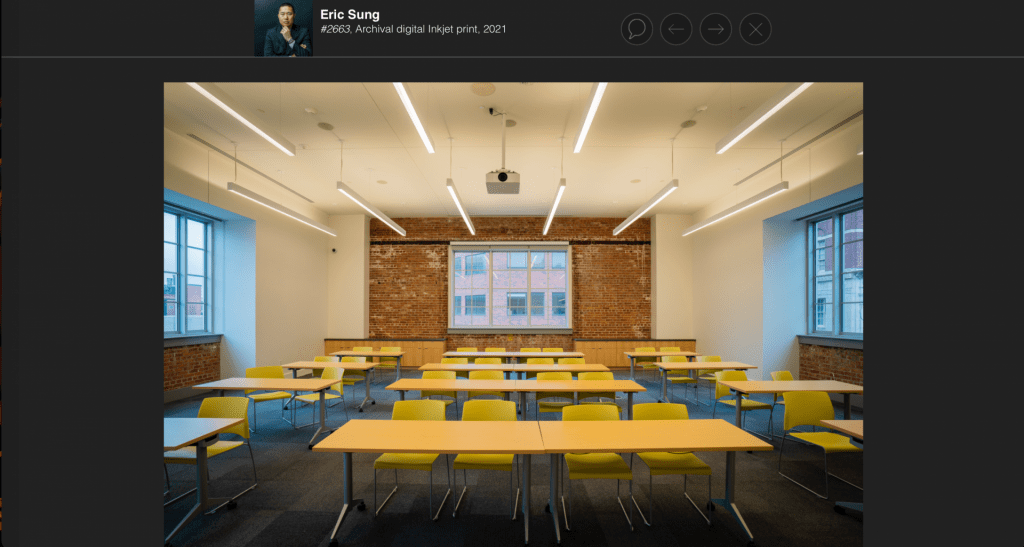Professor Sung’s “Documenting Place as Witness”
This semester, I am taking Digital Photography with Professor Sung in order to fulfill an elective for my Studio Art major. Other than fooling around with my many iPhones throughout the years, I have never seriously considered the breadth of photography and I was very interested in this unknown medium of art. Professor Sung has my peers and myself take hundreds of photos weekly in order to convey a specific topic or message. In order to help us expand on this message we want to convey through our work, he often brings our attention to different photographers that ask questions about their subjects. For example, American photographer William Christenberry photographs places in rural America that are easily overlooked and sheds light on the significance of the people that inhabit these spaces. In some way, part of the beauty of the art itself is the interpretations that we as viewers can extrapolate from the simple act of looking.
Professor Sung’s new photo exhibition at the Providence Public Library (PPL) in downtown Providence, Documenting Place as Witness, captures, “stories of isolation, healing, and solidarity in Providence during the COVID-19 pandemic.” He and his other colleagues are working together on a much larger project in order to commentate on the role of the artist community when responding to a public health crisis. It is easily apparent in Professor Sung’s own work the big questions he leads my class to ask such as, “Does it look intentional?” and if so, “What is the intention?”. In photographing barren rooms in the library, Professor Sung shows the “reminder of the promise of libraries as spaces for social solidarity and civic connection as well as what can be lost as a result of libraries being closed”, programs and exhibitions director at PPL, Christina Bevilacqua states. The absence of people in the photos call the viewer to realize the loss of community scholarship when the libraries close. In one of the photos, there is an empty room with tables and chairs. A few of the chairs are left ajar from the table, possibly communicating that there was a human presence that up and left and has not returned. Connecting this in a deeper context with the COVID-19 pandemic, Professor Sung captures the sudden absence of humanity due to social-distancing and lockdowns in these slightly disordered chairs.
Read more about Professor Sung’s public exhibition below.

Posted by Zari Apodaca ’23





